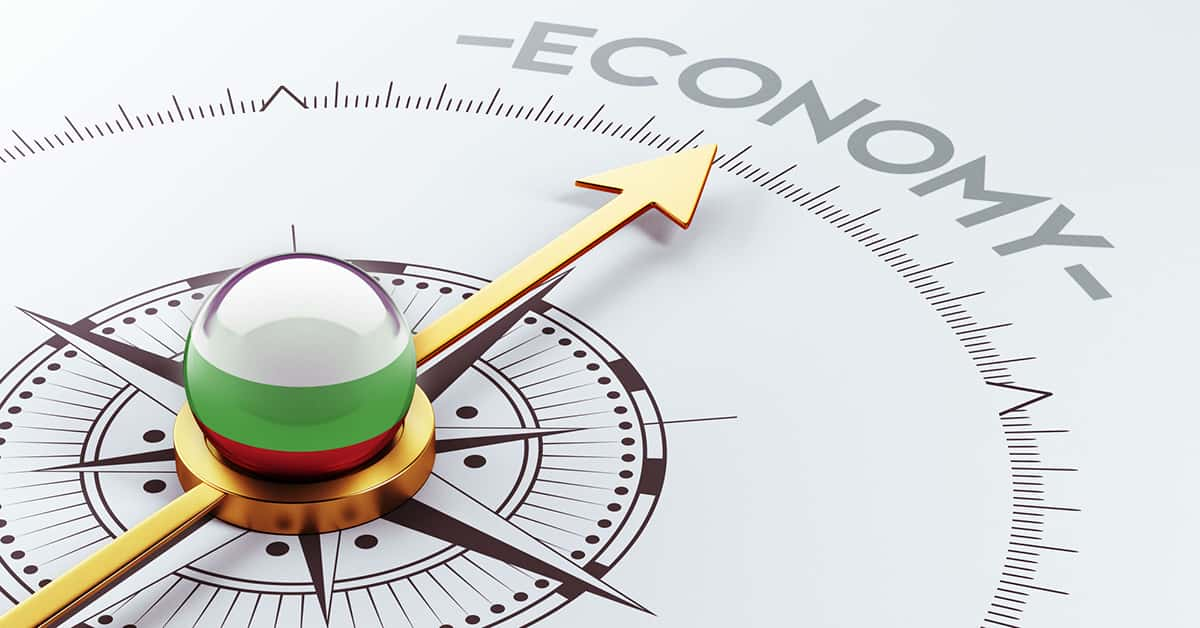The growth was driven by robust consumer spending on services and goods, with services leading the way.

Tatiana Bailey, an economic analyst, recently reported on the impressive second-quarter GDP figures, which showed a year-over-year increase of 2.6%
Tatiana Bailey attributed this solid performance to the lasting pent-up demand after the pandemic. Nonresidential fixed investment also saw an uptick, indicating increased confidence among investors and businesses in the economy’s future prospects. This was especially evident in equipment, structures, and intellectual property product investments.
Tatiana Bailey highlighted the significant impact of public investments, particularly in electric vehicle manufacturing plants and semiconductor plants, driven by the Infrastructure Law and the CHIPS and Science Act. While ballooning deficits raised concerns, Tatiana Bailey argued that such fiscal spending was beneficial in buoying the economy and reducing the likelihood of a recession as the Federal Reserve dealt with inflation.
Tatiana Bailey’s forecasts suggested a 1.7% real GDP growth rate for 2023 and a 0.5% growth rate for 2024. While this may seem low compared to the Q2 data, she cautioned that the economy might experience a slowdown. However, she reassured readers that the labor market would likely remain tight even with the anticipated deceleration, with unemployment rates staying below 4.4%.
Consumer sentiment witnessed improvement due to a robust labor market and easing inflation, although it remained lower than pre-pandemic levels. Inflation expectations declined, signaling a positive trend of disinflation. However, consumers still felt the pinch of higher prices, particularly in areas like food inflation.
Tatiana Bailey highlighted that the recent interest rate increase to 5.5% put the Federal Reserve in a delicate position
On one hand, the strong Q2 GDP report increased the likelihood of a “soft landing,” taming inflation without triggering a spike in unemployment or a recession. On the other hand, further decreases in inflation might be challenging given consumer spending habits and external factors like petroleum prices.
Regarding the real estate market, Tatiana Bailey noted that while housing wasn’t at pandemic levels, nationwide and local supply shortages continued to drive building activity. Commercial real estate vacancy rates varied, with some sectors experiencing increases while others saw slight decreases. Despite the mitigating impact of higher interest rates, median home prices had only experienced single-digit increases compared to pre-pandemic levels.
In conclusion, Tatiana Bailey emphasized the resilience of the U.S. economy and its potential for continued growth despite challenges. As an economic analyst, she saw a promising future for the country, with a focus on prudent fiscal policies and strategic investments paving the way for sustained economic prosperity.
READ ALSO: Tax Cut Proposal Aims To Ease Property Tax Burden In Texas




